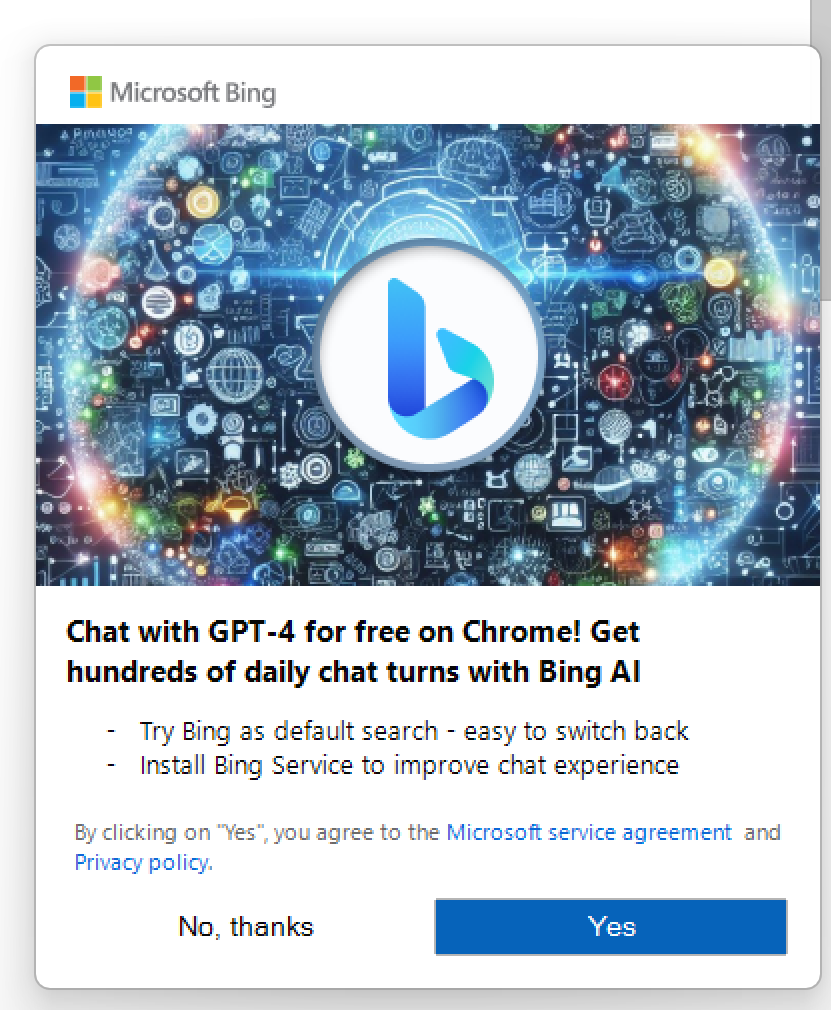
I’ve been using Windows since the days of Windows 3.1, and over the years I’ve learned to love it – despite its numerous idiosyncrasies. I’m so used to the way Windows works, that when things break, or don’t work at all, I can usually overlook those annoyances, and can come up with a fix or a workaround.
This is the main reason why I’ve never been tempted to switch to Linux or macOS. Even if things break less often with those operating systems (especially macOS), when things do go wrong, it takes me far longer to troubleshoot and fix it. While it’s not a ringing endorsement, I’ve stuck with Windows because I know how it works.
However, with Windows 11, Microsoft is making me seriously consider moving over to macOS as my main operating system. The fact that I kept using Windows through such nadirs as Windows ME and Windows 8 proves that I can put up with a lot – but even I have a limit.

Pushy behaviour
So, why has Microsoft gone too far with Windows 11? It’s not because Windows 11 itself is a bad OS – it runs fine, and is pretty solid for a Windows release. So far, it doesn’t seem to be plagued by as many faulty updates as Windows 10 had (in fact, macOS Sonoma seems to be suffering from more troublesome updates).
Instead, it’s Microsoft’s pushy behaviour that has annoyed me. From trying to get me to sign up to various services when I’m installing Windows 11 (or trying to get me to change my default web browser when updating), to rather desperate-feeling pleas for me to give the Edge browser a chance while I’m using it to download Chrome, it feels like Microsoft is becoming rather overbearing – and I’ve had enough.
I wrote a few weeks ago about how Microsoft’s attempts to get me to sign up to OneDrive actually put me off doing so for quite a long time – and once I did sign up, I found it to be a really good service. But Microsoft's pushiness made me not want to give it a try.
The same might be true about Edge, the web browser that comes pre-installed with Windows 11. I know a few people who really rate it, and thanks to Google Chrome’s propensity to gobble up all my RAM, I could be open to switching.
However, Microsoft is so determined to get me to use Edge by using tactics like pop-ups, windows suggesting I change my default browser, and making websites open in Edge from certain apps despite my default browser being Chrome, that I refuse to use it. It’s not that I’m stubborn (OK, it kind of is), but I don’t want to reward that kind of behavior.
The latest annoyance came today. I was using Windows 11, and a garish new pop-up popped up on my desktop. It was large and ugly, and it blocked a number of other notifications. Worst of all, it didn’t disappear – I had to manually get it to leave my desktop.

The pop-up was about GPT-4, the artificial intelligence technology that powers AI chatbots like ChatGPT and Microsoft’s own Copilot. We reported on this new pop-up last week, but this was the first time I had seen it appear on my PC. Like my colleague, Darren, who wrote about the pop-up, I was not impressed.
Not only was it ugly and obtrusive, but it wasn’t exactly clear what would happen if I clicked the ‘Yes’ button. If I had, the default search engine in Chrome would have been changed to Microsoft’s far less popular Bing search engine. A Bing plug-in is also installed into Chrome, making a web browser that can already feel bloated even worse.
Needless to say, I was not impressed with this new pop-up. I clicked ‘No, thanks’ and it disappeared, but I fear that won’t be the last I see of it.
Turning to macOS
While Microsoft might argue that Windows 11 is a free update, that doesn’t mean it has free reign to try to force me to use its other products and services. It’s a particularly poor look, as I am finding myself using my 13-inch MacBook Pro a lot more these days.
As with Windows 11, my MacBook Pro got a free operating system upgrade to macOS Sonoma late last year. Unlike Windows 11, however, I’m rarely made to feel like I am renting or borrowing macOS Sonoma.
Sure, there’s the initial suggestion to keep the Safari browser rather than switch to Chrome, or to log into my Apple ID to sync my devices, but they are less common and less intrusive. Crucially, it seems like Apple takes no for an answer – it doesn’t feel like it keeps trying to get me to switch back to the default Safari browser, unlike Microsoft and Edge.
The end result is a much more enjoyable experience, and fewer pop-ups means my concentration isn’t impacted either. While I still feel Windows does a lot of things better than macOS, and I know Microsoft’s OS inside and out, I am beginning to dread firing up my Windows 11 PC after using my MacBook for a while.
If Microsoft continues to fill Windows 11 with pushy adverts and sneaky pop-ups, I may stop using my PC for anything other than playing games, and use my MacBook instead. And I’m sure I won’t be the only one.







